Lab Members
Principal Investigator
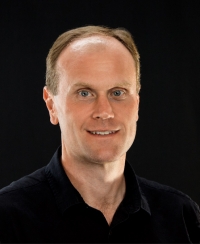
James K. Thompson
Professor James K. Thompson earned his undergraduate degree in Physics from Florida State University and his Ph.D. in Physics from the Massachusetts Institute of Technology. His doctoral work with David E. Pritchard focused on comparing the masses of two trapped ions with precision better than ten parts in a trillion for testing Einstein's mass-energy relationship E=mc2. As part of this work, James and his colleague Simon Rainville also discovered a novel method for making non-demolition measurements of the quantum state of single molecules. James was awarded the APS DAMOP thesis prize for this work. James moved to the MIT laboratory of Vladan Vuletic at the MIT/Harvard Center for Ultracold Atoms for his postdoctoral work, where he developed atomic quantum memories and entangled photon sources using laser-cooled atoms. Since moving to JILA and the Department of Physics at the University of Colorado, James's work has focused on studying how to exploit collective and quantum effects to advance precision measurement and explore many-body physics. His work includes the demonstration of highly entangled spin-squeezed states, the realization of superradiant lasers based on mHz linewidth transitions, development of novel spectroscopy and laser cooling techniques, and explorations of quantum many-body simulation and dynamical phase transitions.
Research Associate
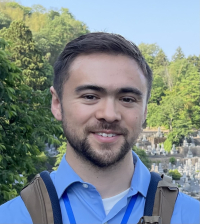
Eliot Bohr
Eliot joined the group as a postdoctoral researcher in the spring of 2024. He completed his PhD from the University of Copenhagen, Niels Bohr Institute in the group of Jan Thomsen and Jörg Helge Müller researching collective effects in strontium cavity QED systems on the kHz line, with a view towards metrology applications. Previously, he has worked in the early stages of a ytterbium atom interferometry lab in Prof. Paul Hamilton’s group at UCLA and a strontium BEC experiment in Prof. Gretchen Campbell’s lab at the University of Maryland. He is currently working on the rubidium squeezed matter-wave interferometry experiment.
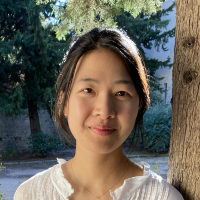
Joyce Kwan
Joyce joined the group as a postdoctoral researcher in the spring of 2025. She completed her PhD at Harvard University in the group of Markus Greiner, where she pursued the quantum simulation of bosonic Hubbard models in a quantum gas microscope. Previously, she worked in the group of Holger Müller at UC Berkeley, and was employed at Apple as an electrical engineer. She is currently pursuing quantum simulation with strontium in an optical cavity.
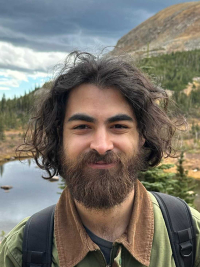
David C. Nak
David joined the group as a postdoctoral researcher in the fall of 2025. He conducted his doctoral studies at the University of Hamburg, Institute for Quantum Physics in the group of Prof. Andreas Hemmerich, researching cavity QED and developing a sub-100 Hz quasi-continuous superradiant laser with bosonic calcium atoms in a standing wave cavity. Previously, he has worked on a rubidium spinor BEC experiment in the group of Prof. Klaus Sengstock at the University of Hamburg and a rubidium quantum gas microscope in the Quantum Many-Body Dynamics research team at RIKEN, led by Prof. Takeshi Fukuhara. He is currently working on the strontium millihertz linewidth continuous superradiant laser experiment.
Graduate Student
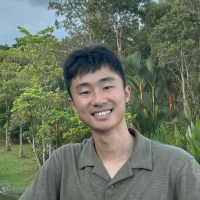
Seth Chew
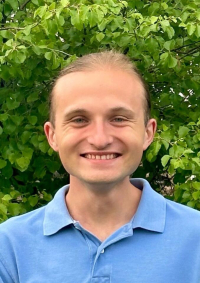
Hagan Hensley

Leah Huzjak
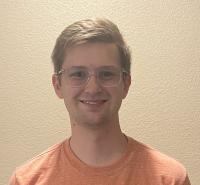
Braden Larsen
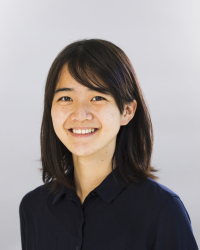
Chitose Maruko
Chitose joined the group in Fall 2023 after graduating from Smith College. At Smith, she worked on precision spectroscopies on light elements with Prof. Will Raven. Before moving to Boulder, she spent half a year on a sub-tropical island in Japan, Okinawa, working with Prof. Hiroki Takahashi on building an integrated ion-cavity interface. She is currently working on a Rubidium matter-wave interferometer experiment, exploring squeezing and cavity mediated interactions inside a matter-wave interferometer.
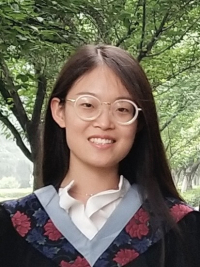
Zhijing Niu
Zhijing joined the group in fall 2021 after graduating from Xi’an Jiaotong University. In the past, she worked on condensed matter experiments with Prof. Mengkun Liu at Stony Brook University as an exchange student. After that, she switched her interest to AMO physics and did a gap year in Prof. John Doyle’s group at Harvard University where she worked on laser cooling ytterbium hydroxide. She did her first year of graduate school remotely in China and worked in Prof. Matthias Weidemüller’s group on Rydberg atoms at USTC. She is currently working on the strontium CW experiment to build an ultra-low linewidth CW superradiant laser.
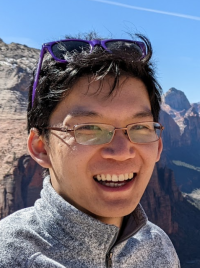
Eric Yilun Song
Eric joined the lab in Spring 2022 after graduating from New York University Shanghai. At NYU, he worked on entangling BECs with Prof. Tim Byrnes, as well as phase transitions in the Vicsek model and Ising model with Prof. Paul Chaikin, Charles Newman and Daniel Stein. Currently he is working on simulating many-body physics with strontium atoms.
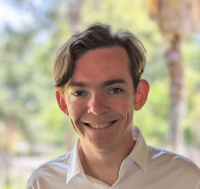
Cameron Wagner
Cameron joined the group in the spring of 2024 after graduating from Stanford University. There he worked with Prof. Monika Schleier-Smith to create arbitrary 2D optical potentials as well as arrays of blue detuned bottle beams using a spatial light modulator. Currently, he is working with strontium to build a continuous-wave superradiant laser.

Dylan Young
Dylan joined the lab in Fall 2018 after graduating from Yale University. In the past, he has worked with Sohrab Ismail-Beigi in computational condensed matter physics, as well as with Liang Jiang on quantum error correcting codes. He is currently working on the strontium experiment, exploring spin squeezing and beyond mean-field dynamics.



